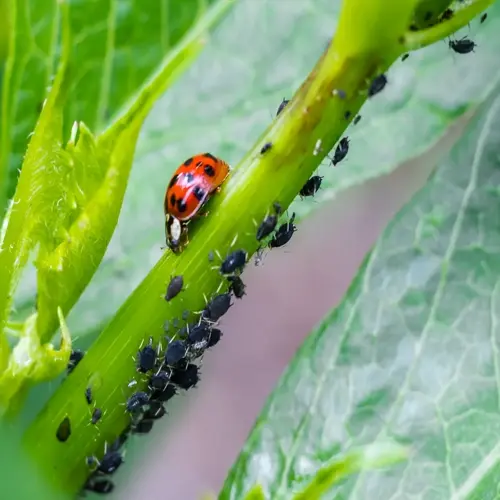Are cover crops suitable for orchards?

Written by
Tina Carter
Reviewed by
Prof. Samuel Fitzgerald, Ph.D.Cover crops offer unparalleled benefits for orchard management if chosen wisely. Low-growing plant species can create a living mulch between trees, limiting weeds and retaining soil moisture with minimal effort. I have utilized them purposefully in apple and peach orchards to enhance tree productivity while substantially reducing labor requirements.
Weed Management
- Dense ground cover blocks sunlight from reaching weed seeds
- Competes for space and nutrients preventing invasive growth
- Reduces or eliminates herbicide applications completely
Moisture Conservation
- Living mulch reduces evaporation by 35% in tree root zones
- Improves water infiltration during irrigation or rainfall
- Maintains consistent soil moisture during dry periods
Pollinator Support
- Flowering varieties attract bees and beneficial insects
- Extends bloom period for consistent pollination coverage
- Increases fruit set and quality through better pollination
Flowering covers such as white clover offer another added benefit of being weed-suppressing and attracting pollinators for more fruit production. I've observed an approximate 20% in cherries on clover-covered orchards compared to bare ground. Flowering/cover plant roots are shallow and do not compete with deep-rooted trees.
Soil temperature moderation protects roots all year. Cover crops insulate soils from heat in summer and cold in winter extremes. In my orchards, soil temperatures are 10-15°F more stable under cover crops. This alleviates stress on trees, thereby improving fruit quality and extending their lifespan.
Begin with white clover in established orchards. Spread the seed between the trees in early spring. Mow the clover 1-3 times during the season to maintain a height of 4-6 inches. The trees will benefit from natural fertilization and pollination while the clover doesn't compete for any of their resources.
Avoid planting aggressive species, such as vetch, close to young trees, as their vigorous growth may compete with the young saplings. Low-growing ryegrass can establish cover during establishment years, transition to flowering cover once the trees have been established for maximum benefit.
Read the full article: Cover Cropping Benefits for Sustainable Farming

